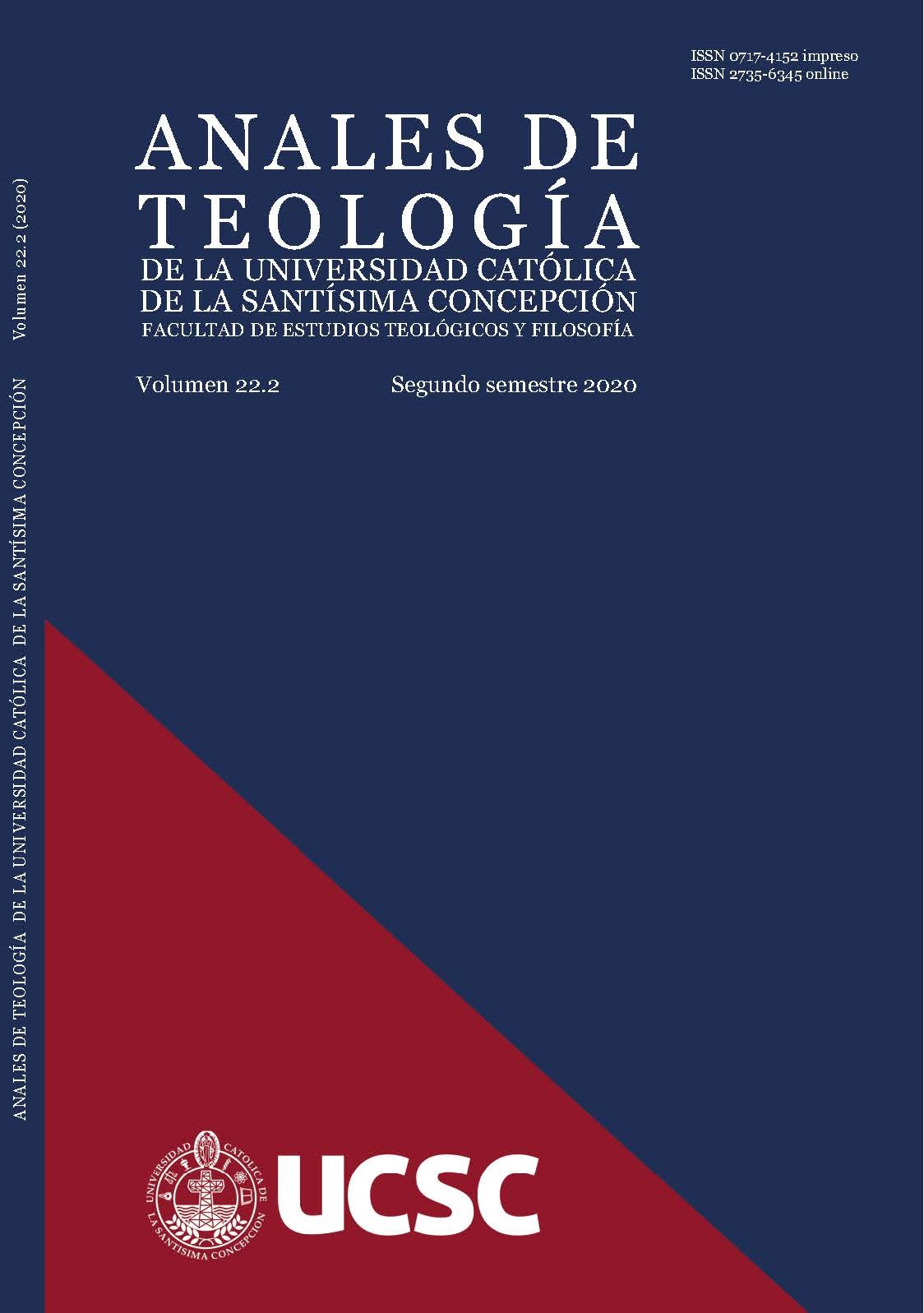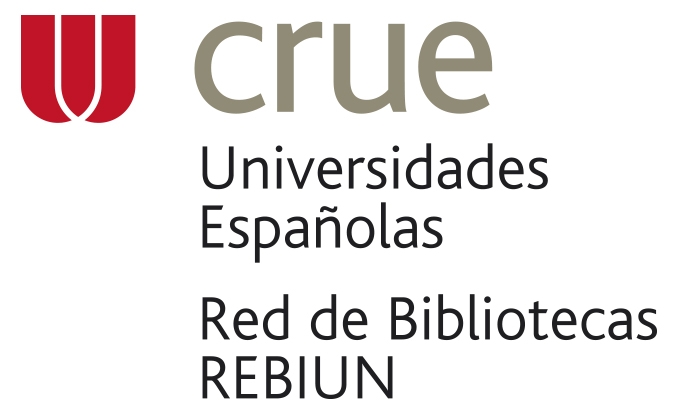THE QUESTIONABLE REUSE OF ENCLOSURES IN THE CREATION OF THE LITURGICAL SPACE
DOI:
https://doi.org/10.21703/2735-6345.2021.22.02.005Keywords:
adaptation of sacred space, contemporary religious architecture, Vatican Council II, liturgical space, reuse, liturgical reformAbstract
The creation of liturgical spaces from the reuse and transformation of architectural enclosures that were never conceived for this purpose has been a constant in the Church, and more especially intense with the liturgical reform that preceded and was consecrated by the Second Vatican Council. Its results have been diverse, because they have depended directly on the application of liturgical norms and their theological and pastoral bases, but also on other circumstances that have been decisive in some cases. The study of some examples that may be typical helps us to make this reflection more concrete. It seeks precisely to provide some consideration from theology about this practice that is common to the whole Church.
Downloads
Downloads
Published
Issue
Section
License
The Anales de Teología is an open access journal and does not charge for publication. In addition, it regulates its Copyright and access policy according to the Creative Commons Attribution-NonCommercial 4.0 International Public License (CC BY-NC 4.0), therefore sharing (reproducing and distributing the material in any medium or format) and adaptation (modifying, transforming, and creating from the material) is allowed as long as proper credit is given and the citation is included with the corresponding data. Moreover, it is not allowed to use the material for commercial purposes.




















